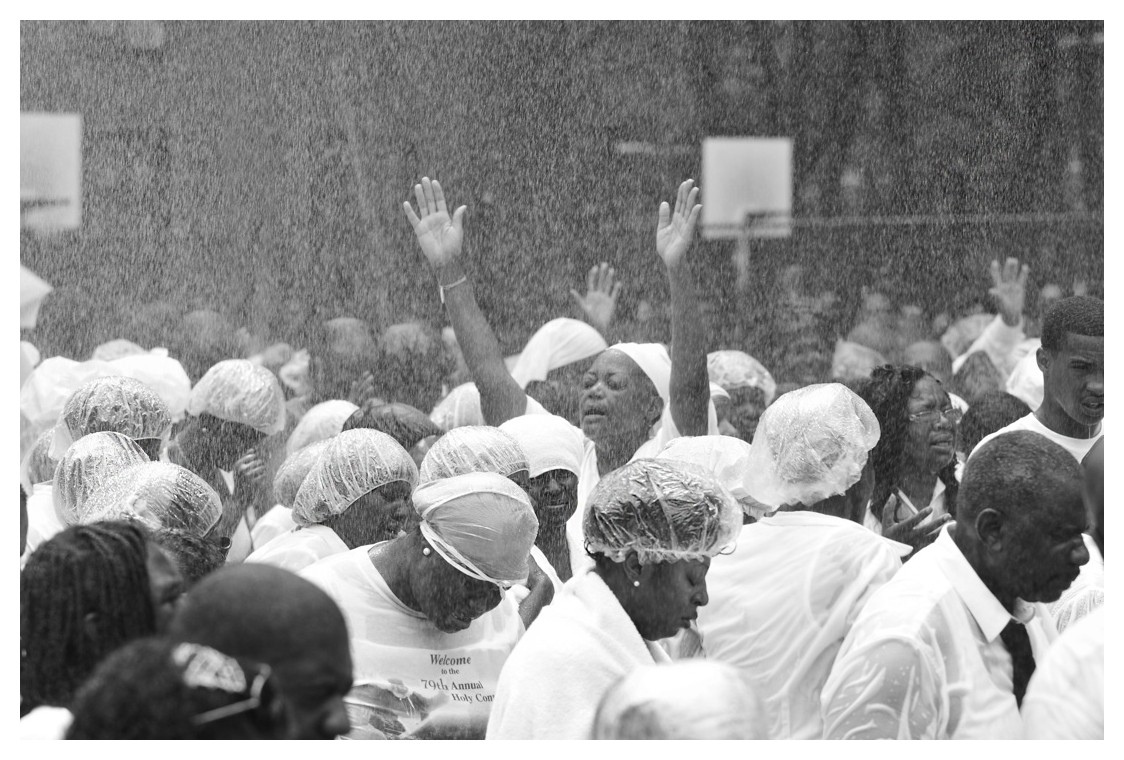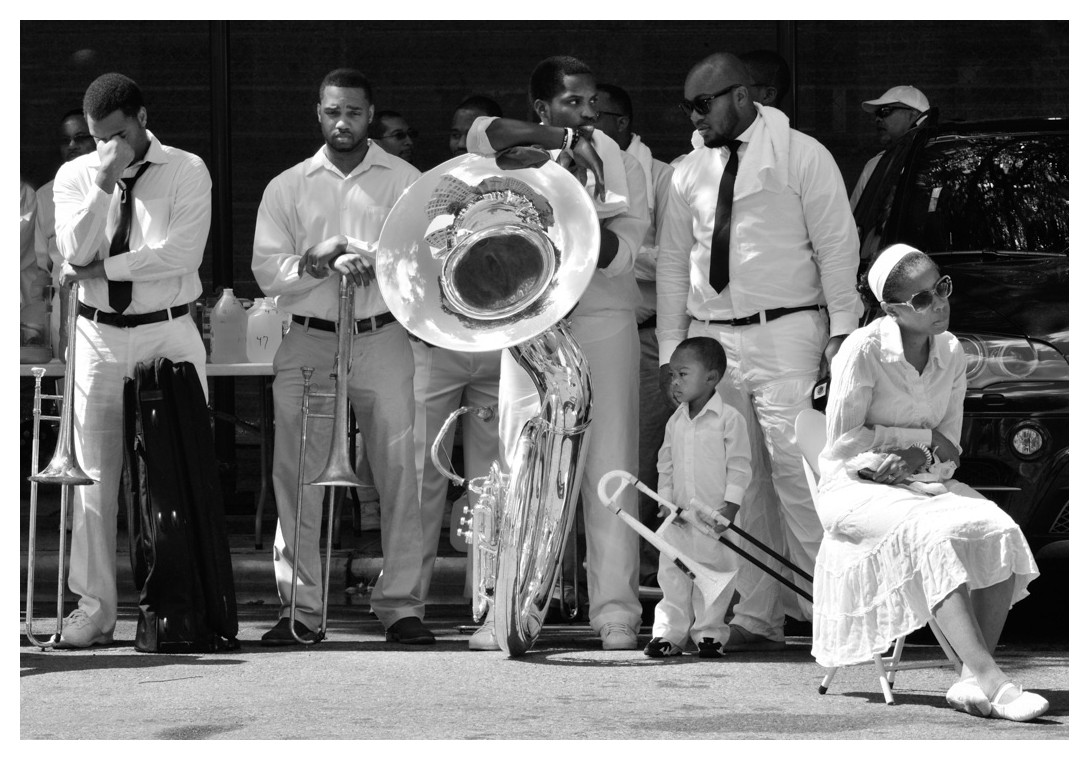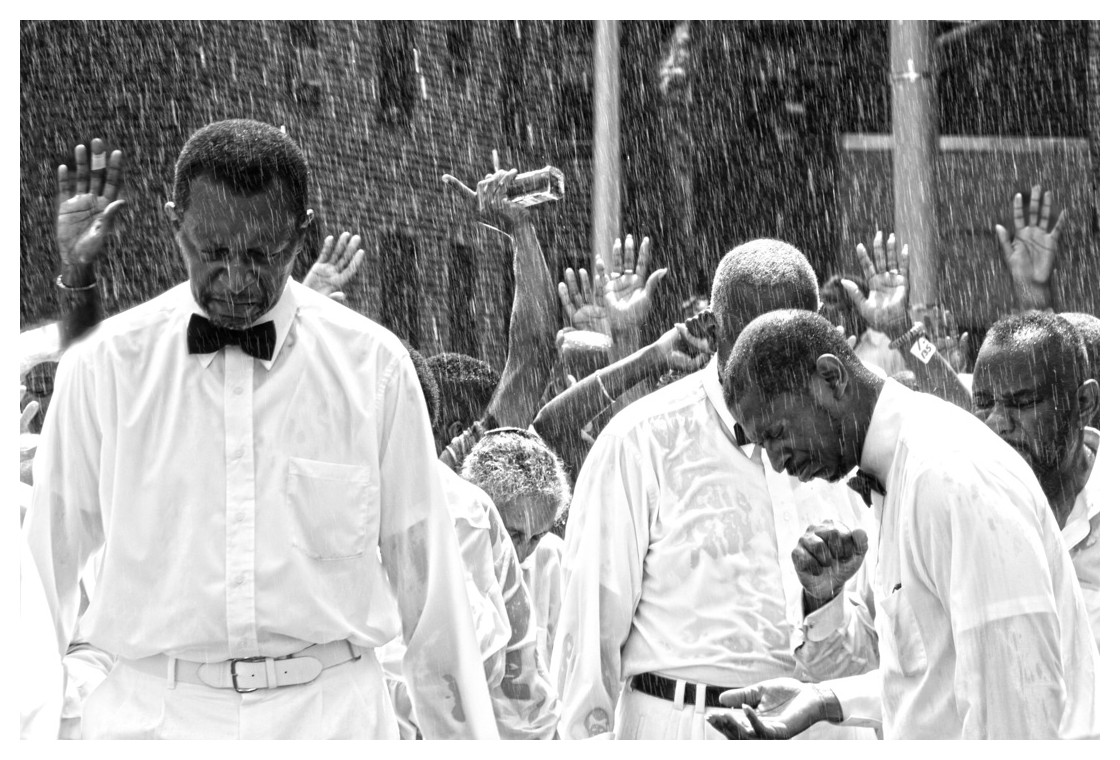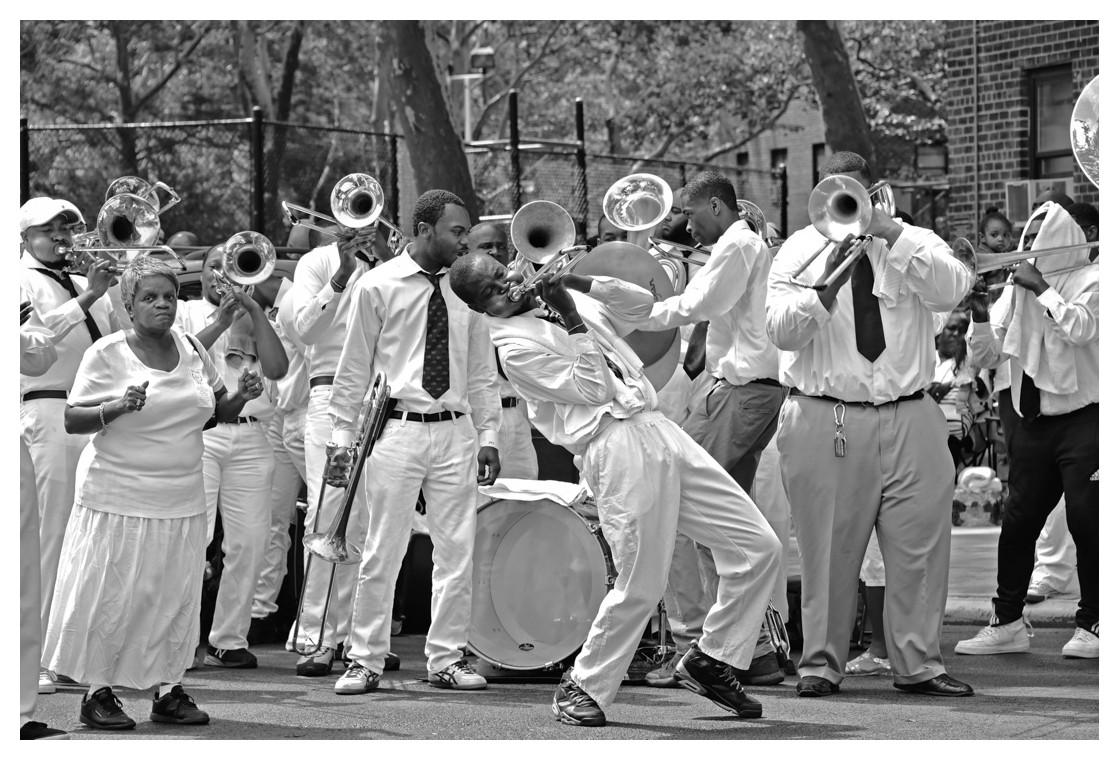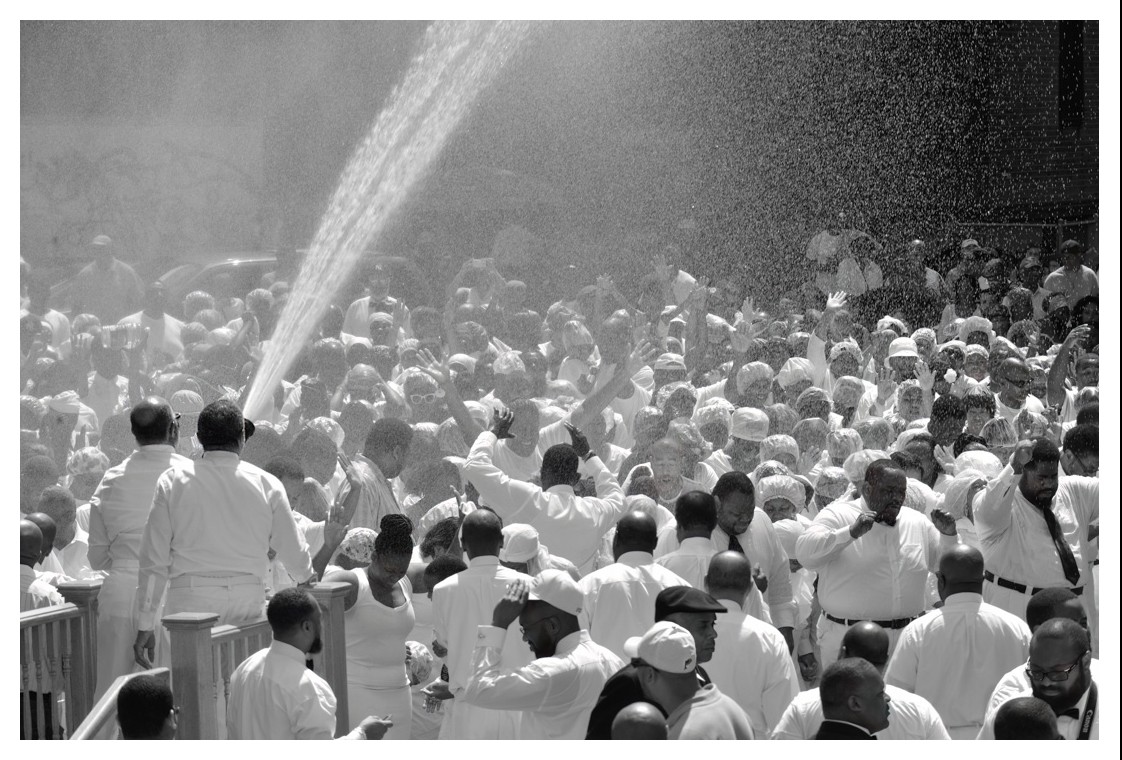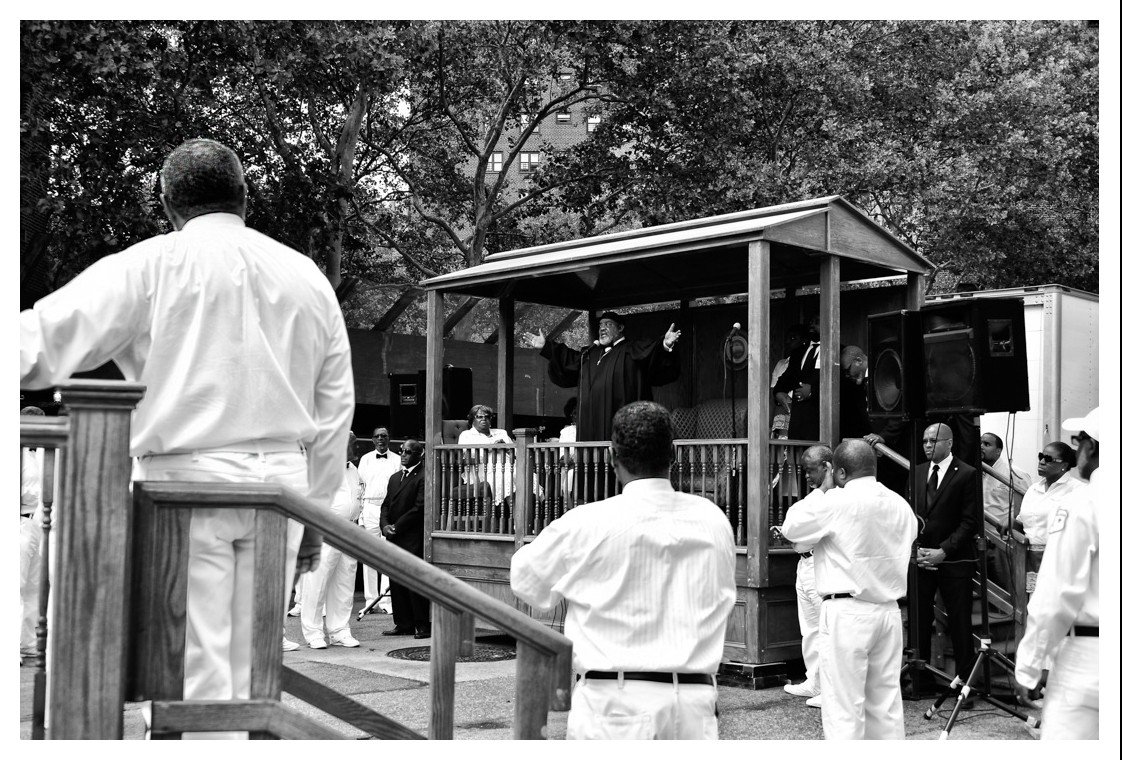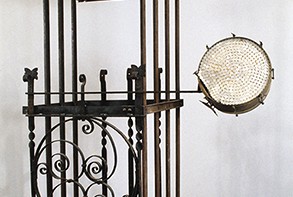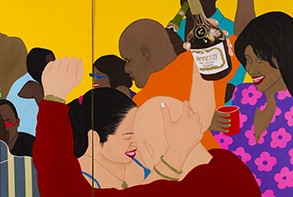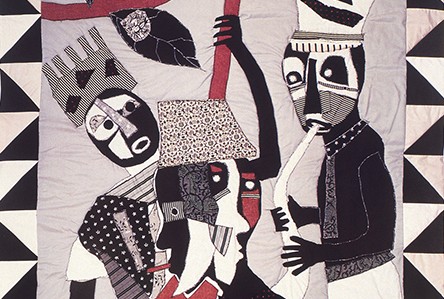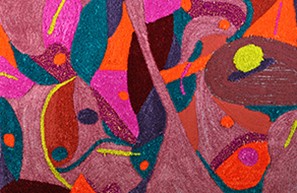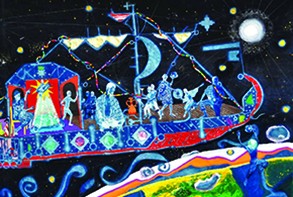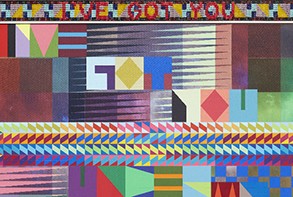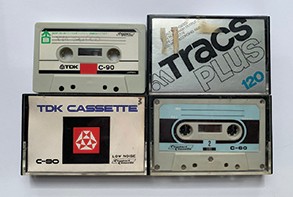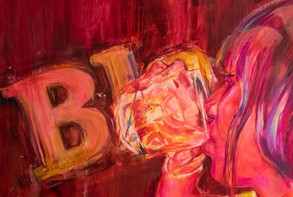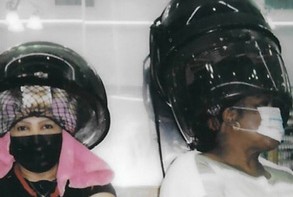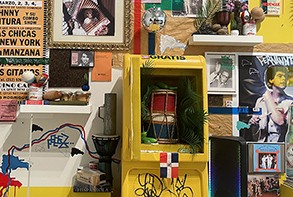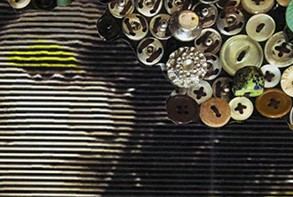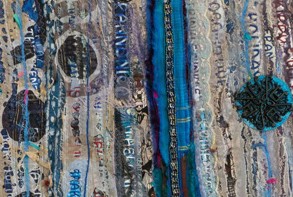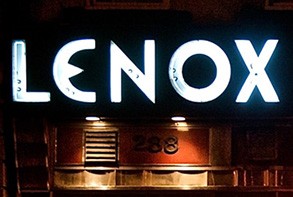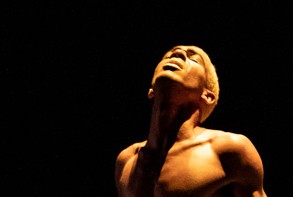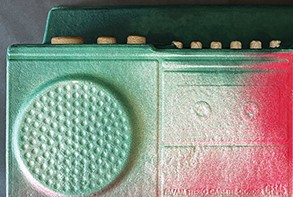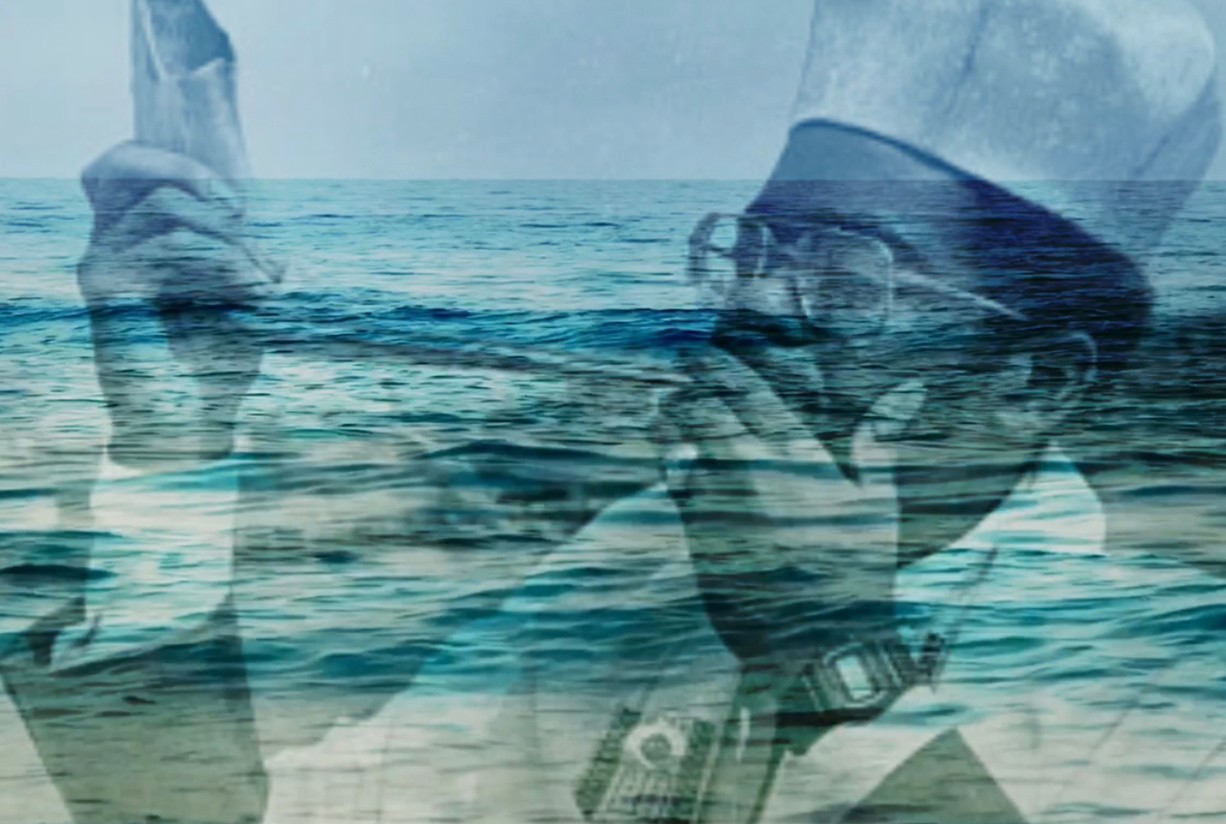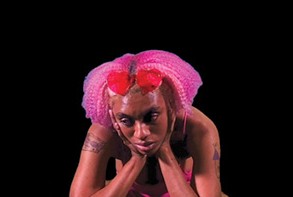LISA DUBOIS
(b. 1963, Harlem; living and working in the Bronx)
Ethnographic photojournalist and curator Lisa DuBois demonstrates her deep love for history and tradition through focusing on Black subcultures within mainstream society. She seeks to center the importance of preserving traditions and maintaining cultural diversity through her documentation. DuBois received a professional photography degree from the Germain School of Photography, and a BFA from the School of Visual Arts where she was honored with an award for photojournalism. Her work has been held at institutions including the Schomburg Center for Research in Black Culture (Harlem, NY) and the Gordon Parks Museum (Fort Scott, KS). Her work has been commissioned by several prominent publications including The Black American News, The Village Voice, and The Daily News. In 2017 she founded the Harlem-based X Gallery where, as a curator, she features both established and promising emerging artists from the area. She is a member of En Foco and a contributor to the Social Documentary Network and the Edge of Humanity magazine. In 2023 she became a recipient of the Bronx Recognizes Its Own (BRIO) Award.
WORK IN THE EXHIBITION

Holy Water, 2021
In Between Sets, 2021
Falls Like Rain, 2021
Playing for God, 2021
Baptizing the Community, 2021
Sweet Daddy Bishop Bailey, 2021
From the series "Baptized by Firehose"
Black-and-white giclée prints
Each 11x 14 in.
Lisa DuBois documents cultural diversity through the lens of music and public performance. Much of her work explores African American subcultures steeped in historical tradition, documenting Mardi Gras performance troupes like the Krewe of Zulu and the Creole Wild West. In her Firehose Baptism series, DuBois shifts her attention to the eponymous Harlem-based event. This annual tradition originated in the 1930s with Bishop Charles Manuel “Daddy” a.k.a. “Sweet Daddy” Grace, founder of the Harlem United House of Prayer for All People. Every summer in August, Harlemites dressed in white and wearing hair protection gather at an intersection in East Harlem to be baptized. DuBois’s photography series traces the timeline of the event, showing first the quiet moments at the start of the ceremony. As the gospel ensembles begin to perform, the bishop proceeds to rouse the congregation with a sermon. DuBois depicts the swell in intensity in both the music and the sermon, depicting them as a stirring catalyst bringing worshippers together in enthusiasm before the event’s climax—the baptism itself. As the fire hose disperses water across the crowd, the attendees experience collective purification, forgiveness, and healing, energized by the event’s stirring soundtrack and the opportunity to pour out auditory praise.


